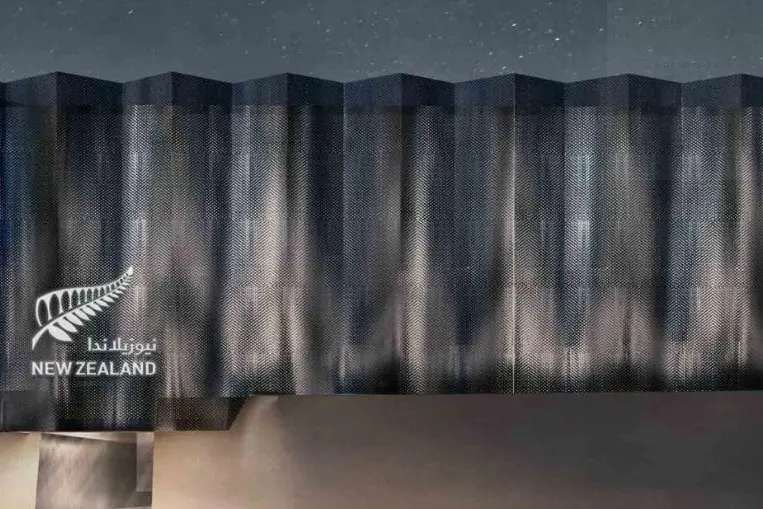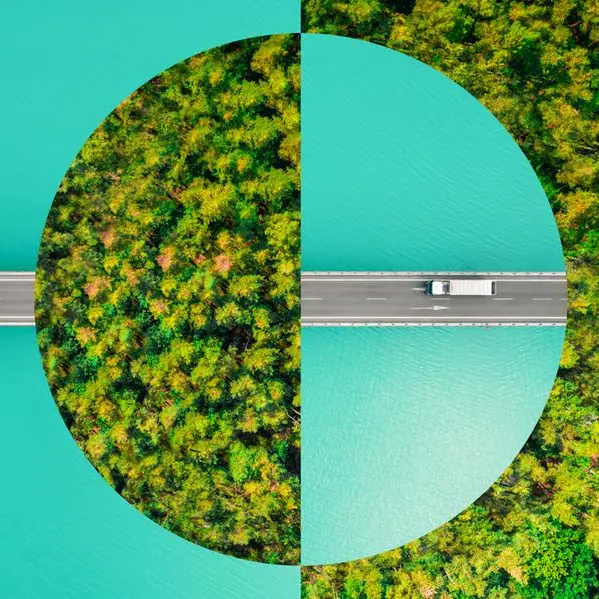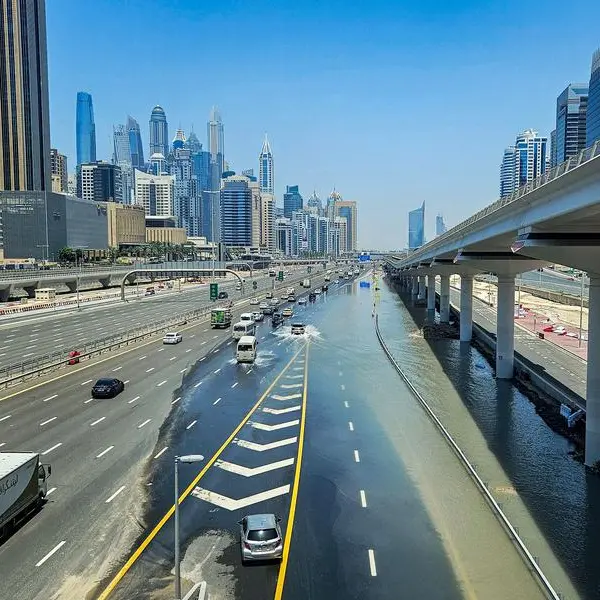PHOTO
UAE - A kinetic façade has been installed on the New Zealand pavilion at the Expo 2020 Dubai, marking its completion.
Designed by New Zealand architects Jasmax, the façade is made from a unique architectural mesh called Kaynemaile, and brings the building to life.
The façade’s movement signifies that the pavilion itself is alive.
The ‘living’ façade reinforces the New Zealand pavilion’s theme of ‘Care for People and Place’. This is based on kaitiakitanga, the environmental ethos of Mori — the indigenous people of New Zealand Aotearoa — and the understanding that humans and nature are inextricably connected.
By entering the pavilion, the visitor reconnects to the mauri, or life principle, inherent in nature’s order.
The New Zealand pavilion story is inspired by the Whanganui River, which in 2017 was given legal personhood after decades of negotiation between the iwi (tribe) Te ti Haunui-a-Pprangi and the New Zealand government.
The innovative legislation recognises the river as a living and indivisible physical as well as spiritual whole – Te Awa Tupua – flipping the existing paradigm by placing the River as the focus of human interaction in line with Mori values and worldview.
Clayton Kimpton, New Zealand’s Commissioner-General to Expo 2020 Dubai, said: “Every element of the pavilion is interconnected; from the immersive visitor experience and storytelling rooms inside the pavilion, to the pulse, which starts in our river room and ripples all the way to the exterior façade. This is the lifeforce of our story — a story of a nation of innovators who Care for People and Place.”
Matt Glubb, principal at Jasmax, said it is the architectural mesh on the façade that ties together the overarching experience of the pavilion.
“It not only expresses our interconnectedness, but also the idea that we are indivisible from the natural world, through its pulsating movement that extends from the centre of the building all the way to the exterior of the façade – making the building appear alive,” he said.
Glubb added: “I really hope that visitors are inspired by this experience to think about their own relationship to nature and how they can have a positive impact on the world around them.”
Visual effect
The façade visual effect is designed by Kayne Horsham, creator of the Kaynemaile architectural mesh, which was inspired by his work on the Academy Award-winning Lord of the Rings trilogy.
The final product, which took six years to perfect, is crafted from lightweight polycarbonate using a patented injection moulding process. Today, Kaynemaile and its design studio have evolved to be used by architects around the world to create, divide and protect building interiors and exteriors.
The lightweight Kaynemaile mesh is 100 per cent recyclable and includes approximately 10 per cent recycled materials in its composition.
Designed to give an eye-catching, fluid-like effect, Kaynemaile was installed by a team of 14 experts. The process of installation took 22 days, with the biggest mesh piece weighing just 850kg but measuring 25 metres in height.
The total pavilion footprint is about 2,000 square metres. To date, more than 350,000 manpower hours have been spent on site since New Zealand first broke ground.
Copyright © 2021 Khaleej Times. All Rights Reserved. Provided by SyndiGate Media Inc. (Syndigate.info).












